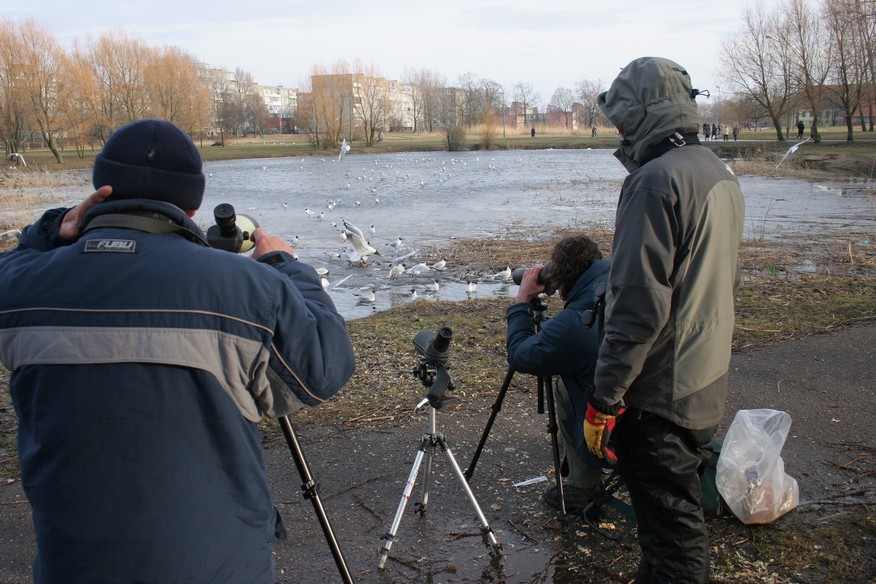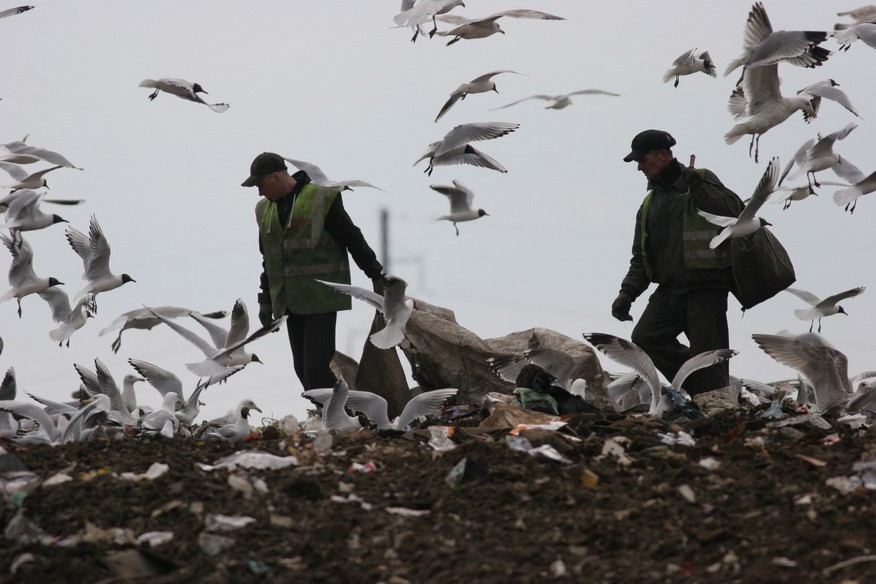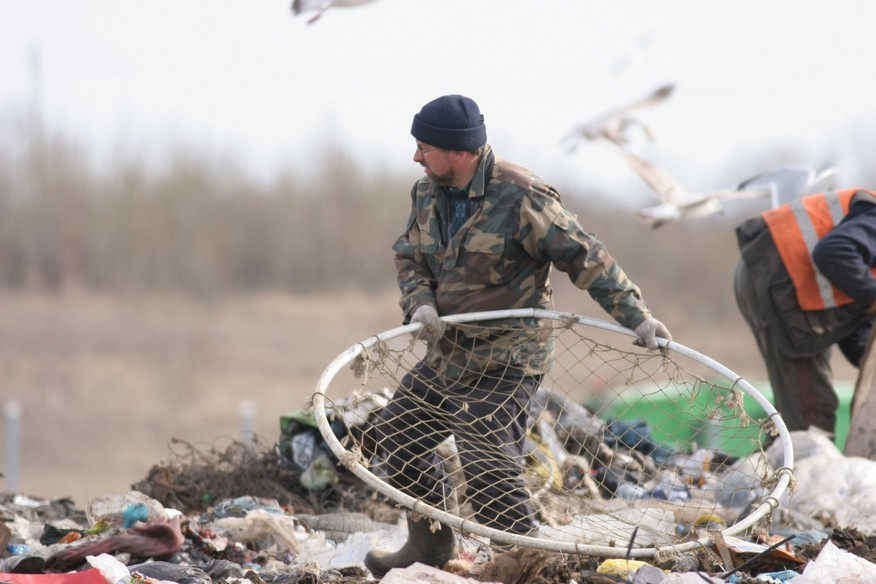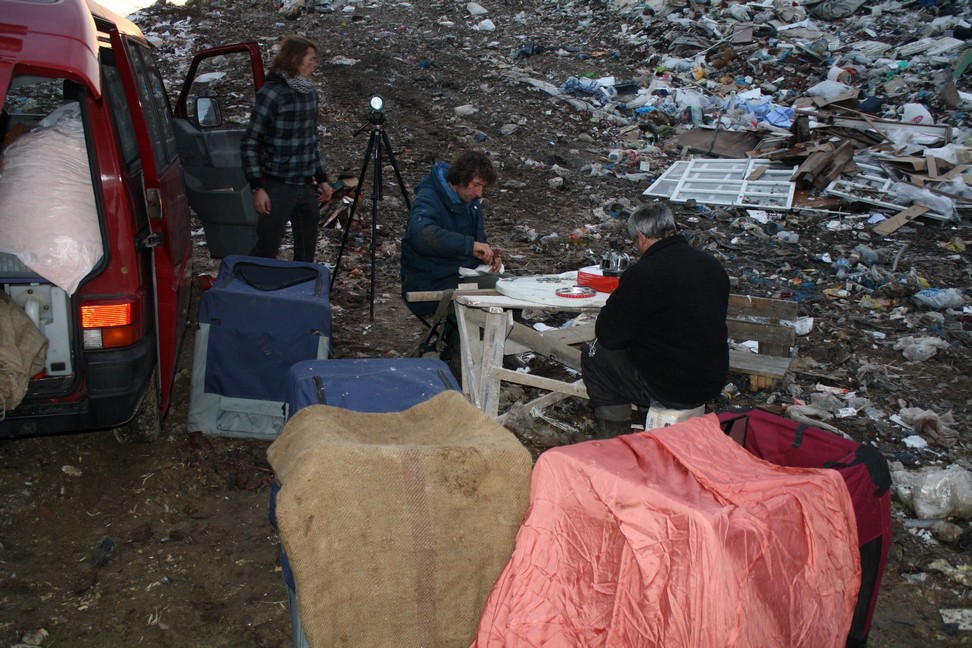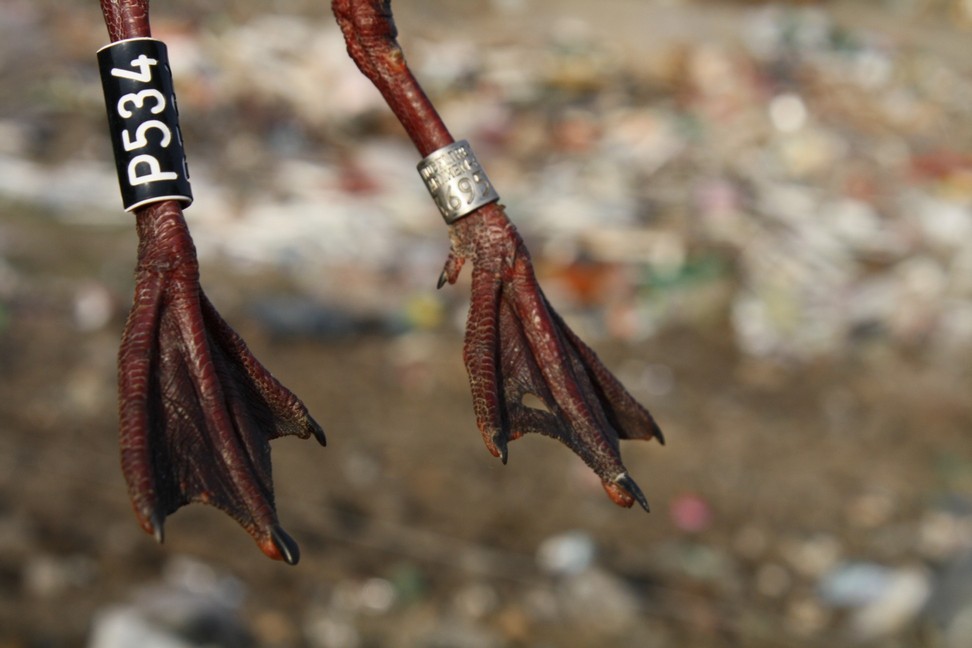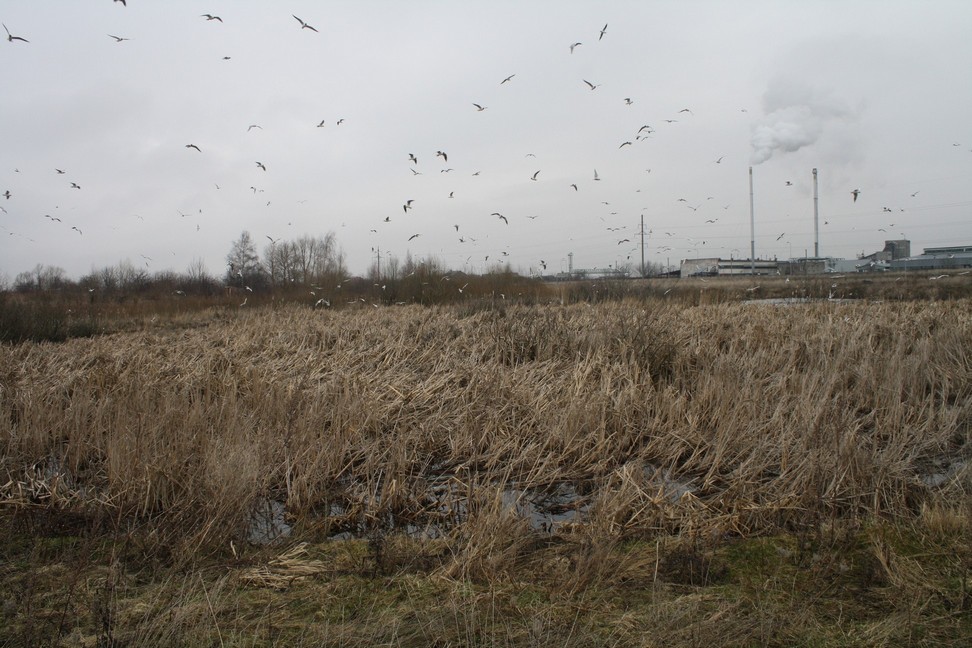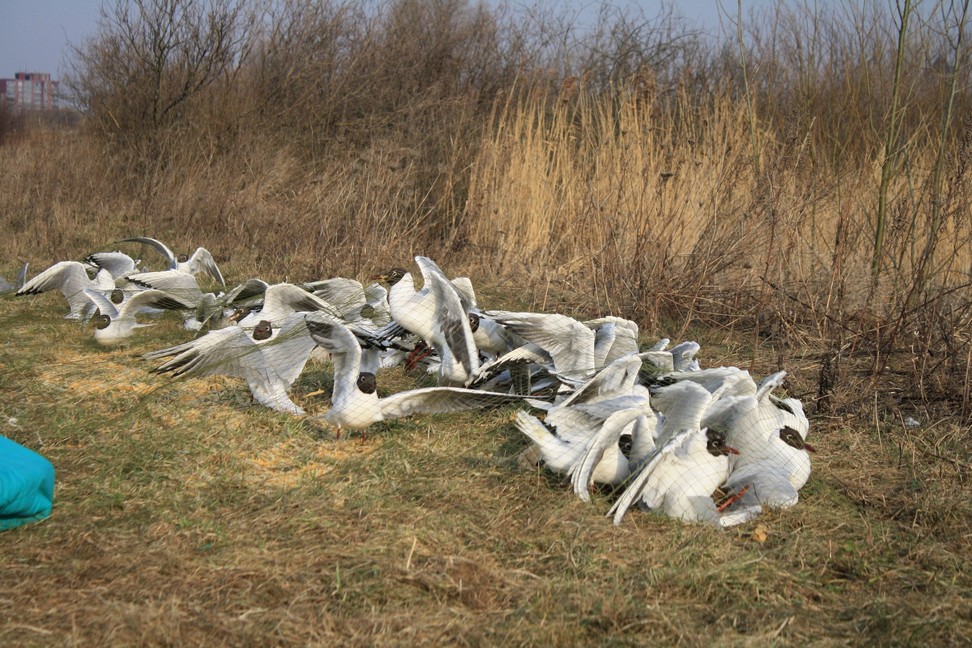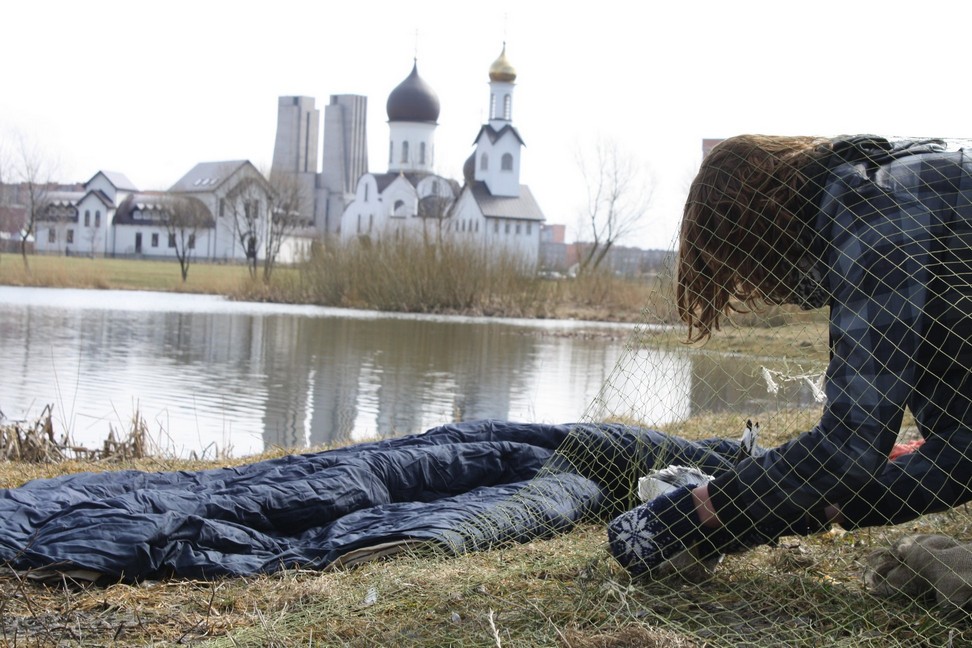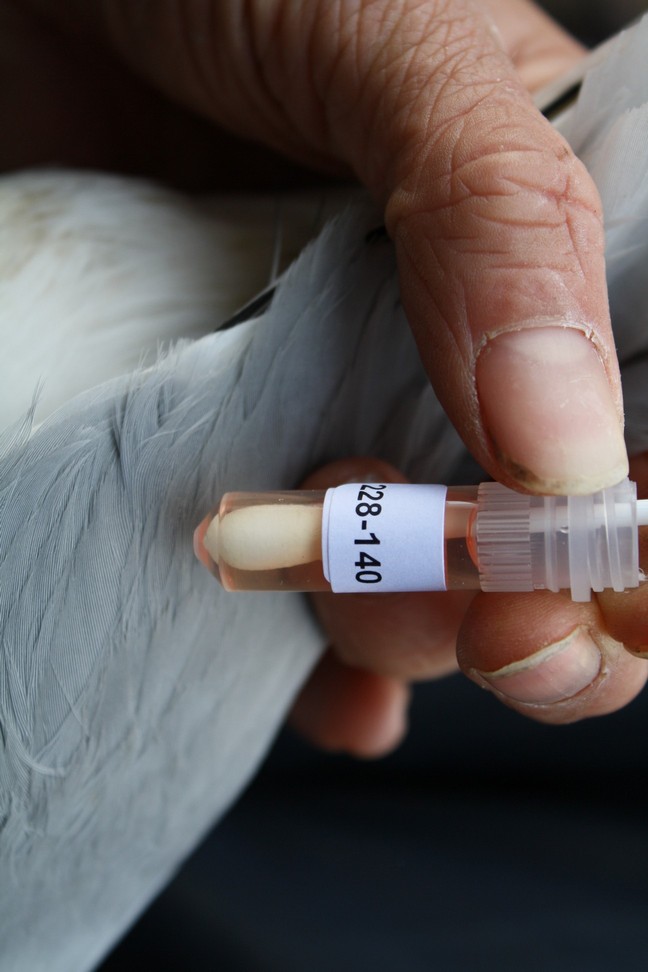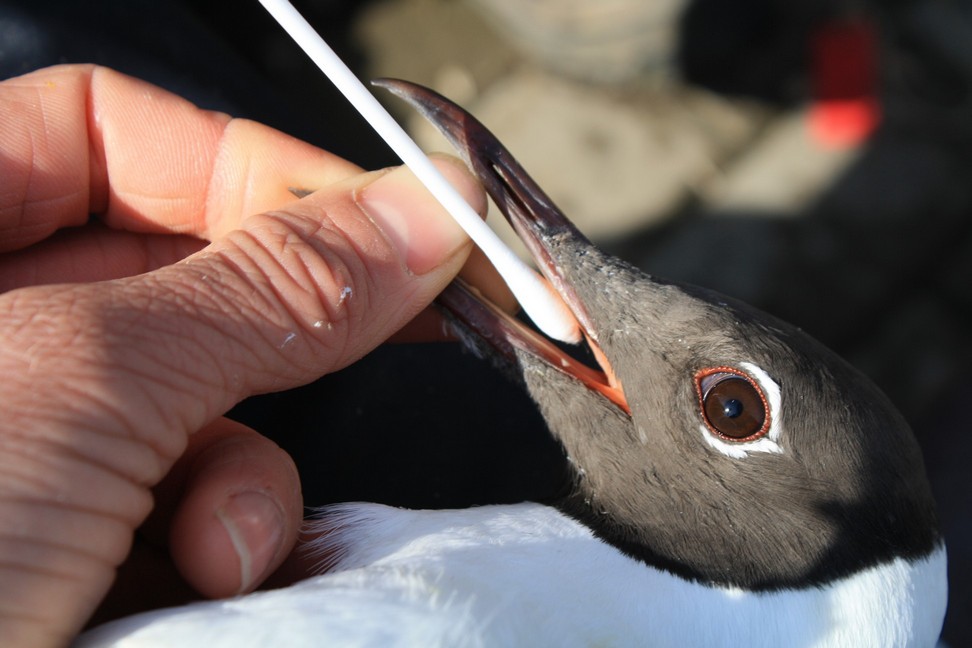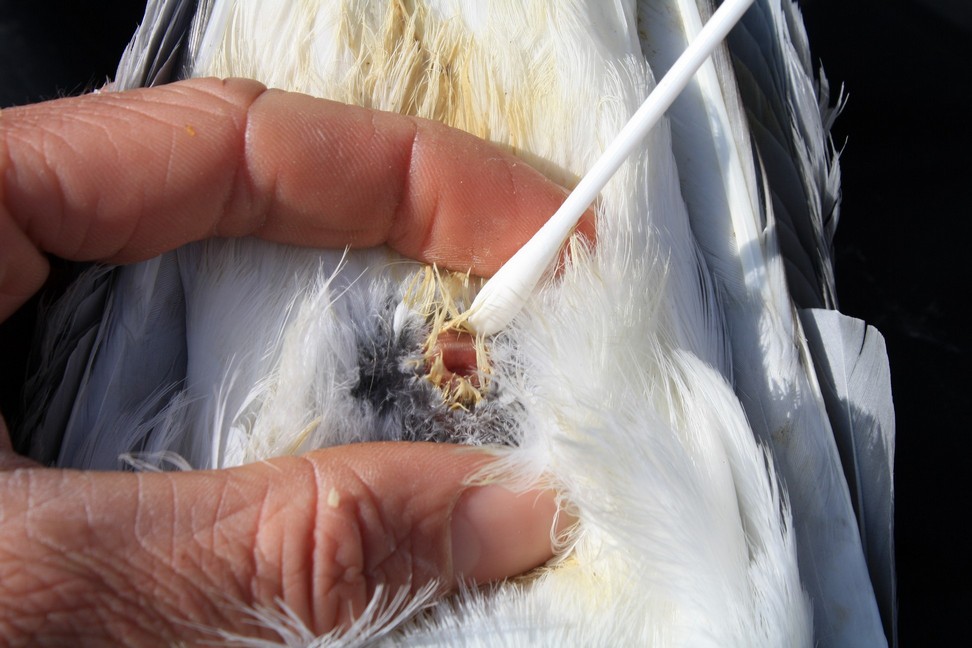| AVIAN RESEARCH BLACK-HEADED GULL (Larus
ridibundus) Research on avian influenza The Erasmus university in Rotterdam studies the occurence of avian influenza intensively for many years. As a volunteer I am taking samples which are caught and ringed during the winter for all the waterbirds. To obtain more information in the breeding season I have done research for the Erasmus University (as a collaborator for SOVON) in 2006-2009 on the occurrence of avian influenza in Black-headed Gulls in breeding colonies. Results avian influenza The Netherlands 2006-2010: See further! The question centers on the occurrence of low pathogenic (therefore not dangerous!) forms of avian influenza. In Black-headed Gulls the subtype H13 and H16 are predominant. But how these sub-types occur is unclear. 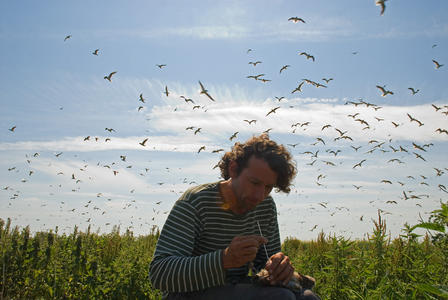
Frank Majoor - © Peter Eekelder 2008 In winter, fewer than 1:250 Black-headed Gulls are infected with a low pathogenic form of avian influenza. In summer, we hardly find any avian influenza in adult Black-headed Gulls. In young Black-headed Gulls in colonies outbreaks can occur on a large scale. In the past years we have only sampled positive young birds in July (earliest June 28th 2008). But in colonies within the country in July all young Black-headed Gulls have fledged already. All samples from young birds in June, obtained from different colonies at different sites in The Netherlands, were negative. The positive samples were found only in the colonies in the North of the country (Griend, Ameland, De Kreupel and Blauwe Stad). In the beginning of July non-fledgling young Black-headed Gulls are present there. In 2008 and 2009, we have aimed our research towards Griend and De Kreupel. From the beginning of June until the end of July about 50 young have been sampled every week. In 2008 the proportion positive birds was much higher (maximally 70% of the young was positive on July 14th 2008 on Griend) compared to 2009. And in 2008 the infection occurred a bit earlier as opposed to 2009. In 2010 the research will be continued in order to understand the timing of the outbreak to a better extent. And then the big unknown question: Why does the avian influenza occur in July in the colonies in the North of the country?
Totally we colourringed about 600 Black-headed Gulls. The colourrings we used are black with white codes P300 t/m P940. Vytautas Pareigis is doing the administration of the recoveries, e-mail: pareigis@mail.lt. Between April and December 2010 we have reports from 12 foreign countries about 70 different Black-headed Gulls: Holland – 17, Germany – 13, UK – 9, Spain – 8, France – 7, Poland – 5, Belgium – 4, Austria – 2, Finland – 2, Latvia – 1, Portugal – 1, Channel islands – 1. Click here for a report on our journey to Lithuania. See below our photo's:
Photos © Bram Ubels en Teun van
Kessel.
|
© Frank Majoor. Website update
13-01-2014.
E-mail:
E-mail:




